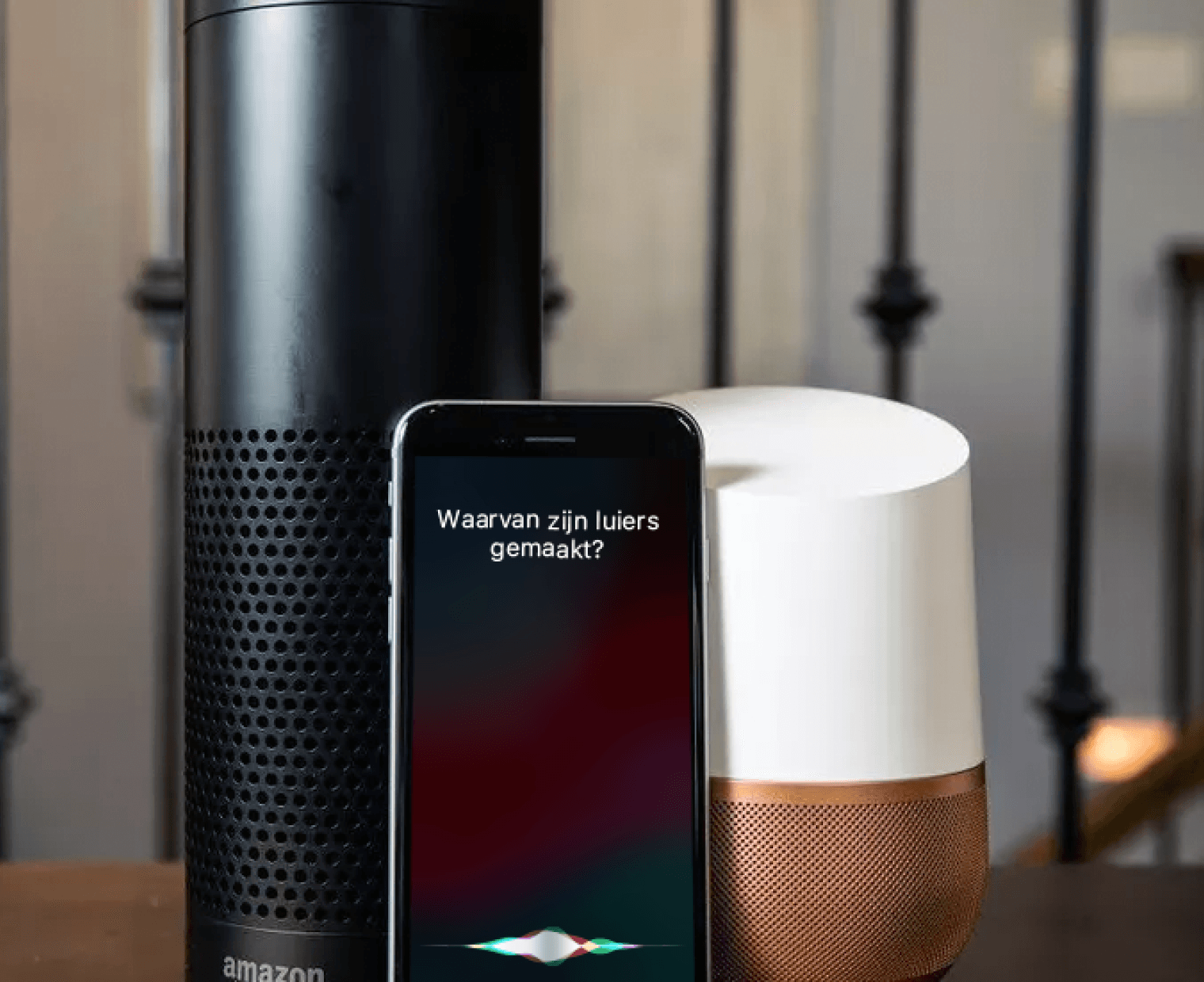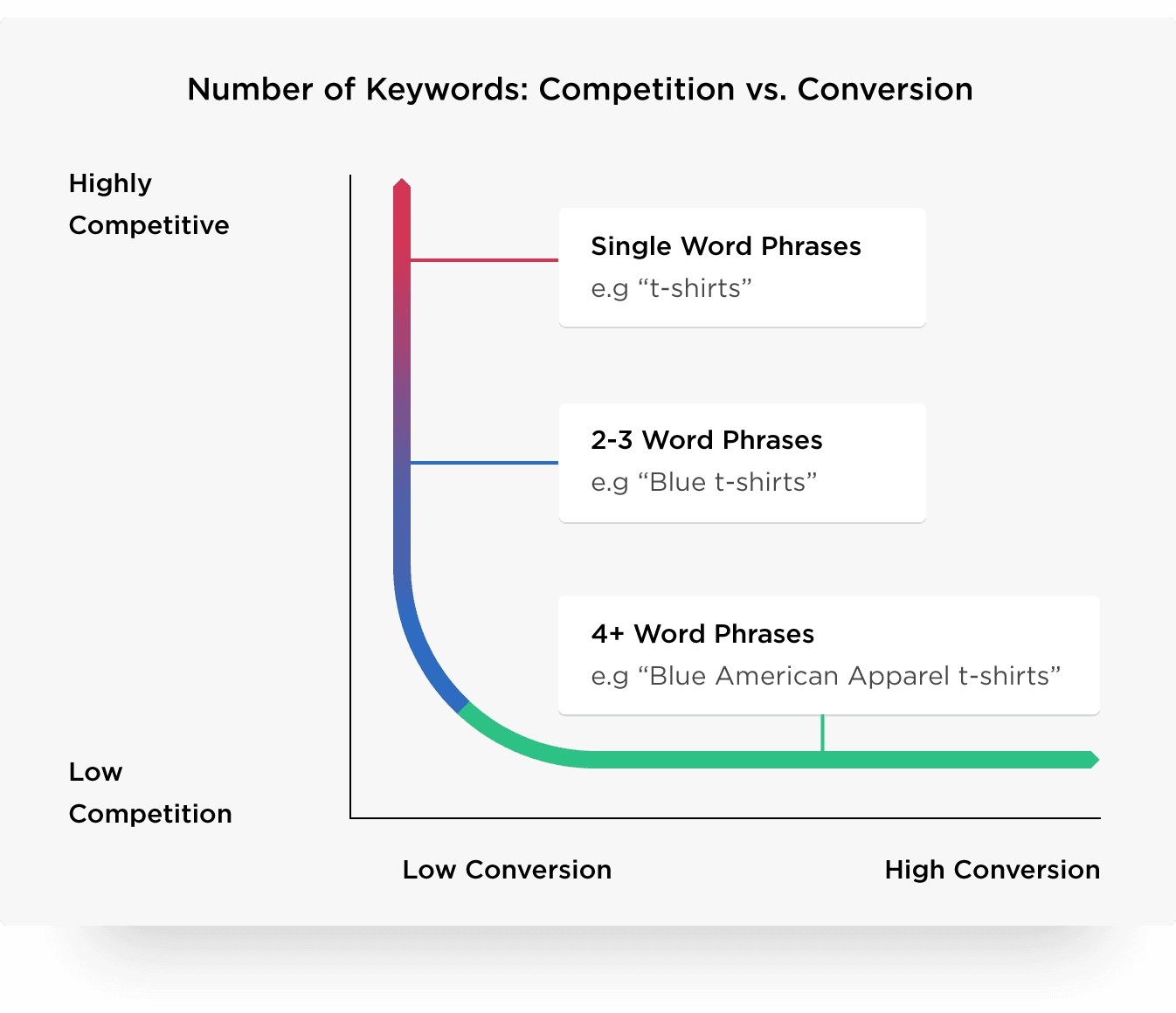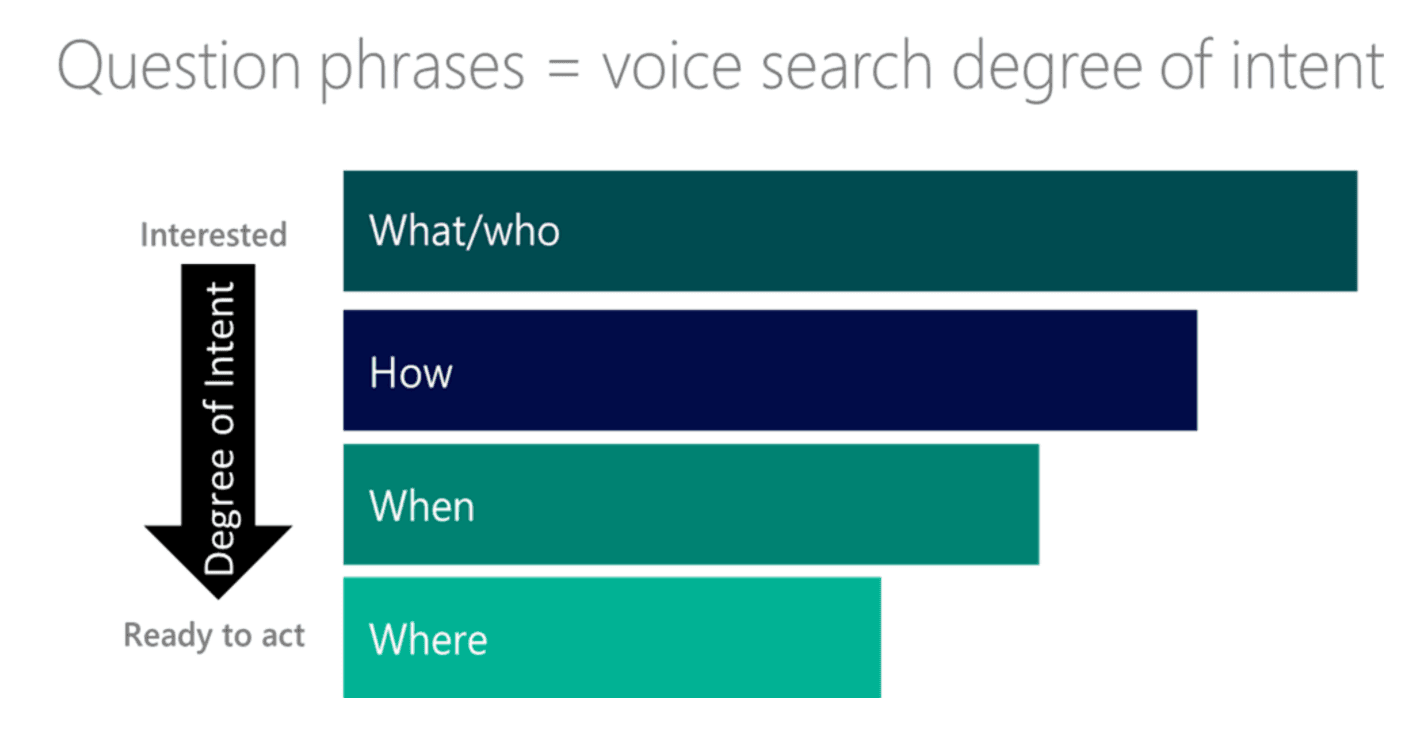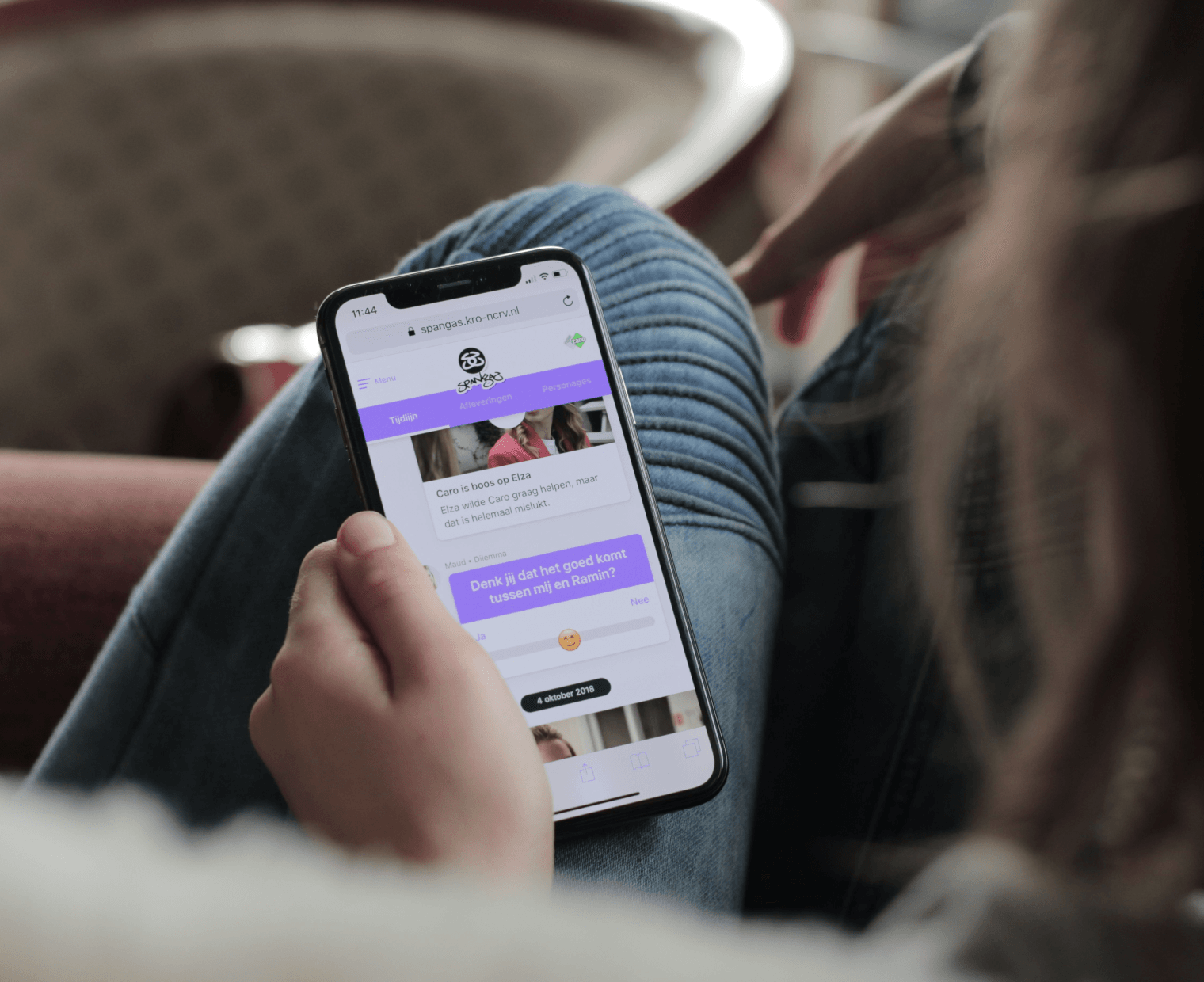Why voice search is becoming more important and how you can benefit from an accessible website

It probably took little effort for you to open this article. Was it the title that inspired you to continue reading, or did you stumble upon this page while browsing? I also spend hours surfing the internet this way. To keep up with the news, or to buy a new vacuum cleaner. Often we don’t realise it’s a privilege to be able to open and read an article this easily. This access to information should be the norm, not a privilege. Unfortunately too often, our digital (and analog) spaces are designed for users without physical or mental limitations. A giant group of people is excluded by this. People with visual impairment, or those having trouble using a mousepad due to physical limitations.
Fortunately, digital accessibility has been legally required for (semi-) government since 2018 and, more and more companies are switching to an accessible website. The developments of voice technologies play an important role in this. At GRRR we have seen that this offers enormous results for people with, for example, a visual impairment. In this article, we’ll tell you about how you can make your website more accessible, by making it voice-proof.
Accessibility for everyone
When designing a website you want to know your user. What challenges do they face? What does digital accessibility mean to them? I took a closer look at several studies, to measure the amount of people benefitting from a voice-controlled website. Although we all know that reading texts is not easy for everyone (for various reasons), I was still shocked by the results. Especially with the digital accessibility theme in mind.
About 300,000 people are visual impaired in the Netherlands. 222,000 people of whom are visually impaired (someone who sees less than 30%), and approximately 76,000 people are blind. Also, there are more than 2.5 million Dutch people who have difficulty reading and writing. For them, it offers many possibilities if they can interact with content by talking and listening.
What is voice actually?
So that’s why getting started with voice technology is important. But what we have not yet mentioned is that a number of terms can be distinguished. For example, a voice search is different from a voice assistant. As the name suggests, the first thing is to give a search using your voice, this mainly has to do with search engines. A voice assistant is a virtual voice assistant that uses speech recognition to perform requested actions. These voice assistants are used in smart devices such as speakers, lighting and mobile phones and work on the basis of Artificial Intelligence. So uhm Siri, can you save this page to my favorites?
Ultimately, you will have to deal with both terms if you want a website to score well for voice interfaces. But before you can get started with this, it is important to have an accessible built website. Is a website well put together? It will then be better found by search engines such as Google and Yahoo, and voice assistants will automatically be able to find and read this content more easily. That is very briefly how it works.
Accessibility provides even more accessibility
At GRRR, we dug into the reports from our own websites to investigate this. There was indeed a trend to be discovered here. Almost all our websites are found well in Voice user interfaces. Even the websites that we do not specifically set up for voice. The reason for this is actually quite logical. At GRRR we pay a lot of attention to speed, findability, but also the accessibility of our websites.
The maxim in this area applies: if you build your website according to the standards (and therefore take accessibility into account), then search engines understand a website better. This also makes it easier for assistive technologies to understand and read a website. It goes without saying that designing with a focus on accessibility is good for several reasons.
Do you want to build a website with this focus? Then you should pay extra attention to well-structured, semantic HTML code. This means, among other things, that you design according to the standards of W3C and also their Web Content Accessibility Guidelines (WCAG). Does that still sound a bit too much like hocus pocus? In the blog, this is how you make your website accessible to everyone [5 steps], Michèle van den Aardweg (Front-end developer at GRRR) explains step by step how to develop a website that is well put together and can be used by everyone.
Although it is fair to say that there are also SEO tricks to score high in voice interfaces, good results in voice are therefore a nice side effect of (or reason for) designing with a focus on accessibility.
End of the exact keyword era
And because we are not averse to some smart SEO interventions, we do not want to leave this topic unspoken. In addition to helping you to become easier to find in (voice) searches, they provide marketers with useful insights. But more on that later. First, it is good to know that the advent of voice search has a major effect on how search engines work.
In recent years, we have learned to express ourselves in very few words so that search engines understand us. But with the advent of voice search, the exact keyword era is now coming to an end and we will increasingly have to deal with so-called long tail keywords. These are searches of four words or longer. We increasingly approach search engines as a real person and therefore prefer to use full sentences.
This means that some search terms (20%) are completely new to Google and Google has to do its best to understand the broader context. Fortunately, the AI - which makes voice search possible – gets smarter with every conversation, and it gets through the user’s intention faster and faster.

Sharpening content
As I said, voice searches (long tail keywords) can provide interesting insights for marketers. According to Campaign, they provide an idea of the user’s intention and of someone’s position in a funnel. That sounds quite complicated, but it actually makes a lot of sense. With voice-based searches, we are more likely to ask a question, from which someone’s wish can be analyzed. The graph below shows this clearly.

So someone who googles where is more likely to buy than someone who googles who? This knowledge makes it easier for a marketer to create content that responds to this. Do you want your website to be found first in a search? Then try to answer as many questions as possible in your text. This will pay off over time.
Optimizing your site for voice search
Page speed
According to research by Backlinko, the result of a voice search is much faster than most web pages. It is therefore useful to optimize your loading speed if you want to be eligible for voice.
Writing method
Write your content in a natural and spoken way. Same as the conversations people have with the AI. This makes it easier for a search engine to understand and recognize the content as relevant. It is also important to keep your text short and simple.
Structured data
Use structured data to tell search engines what a piece of indexed code means. This is best done by semantic markup. With this you take a computer by the hand by adding extra information to the HTML tags of your website. These simple pieces of code indicate exactly what the element that follows means. As a result, a search engine such as Google no longer has to guess your address, but reads it from the piece of code. This makes your content more relevant and improves your page ranking.

A voice-controlled future
Do these developments mean that we will only carry out assignments with our voice? Who knows. Currently, 41% of all adults use a voice control feature at least once a day. Some even argue that voice AI systems will replace the smartphone within 10 years. That is good news in principle. The more people use these systems, the smarter and therefore more useful they become. And thus more accessible to a wider audience.




